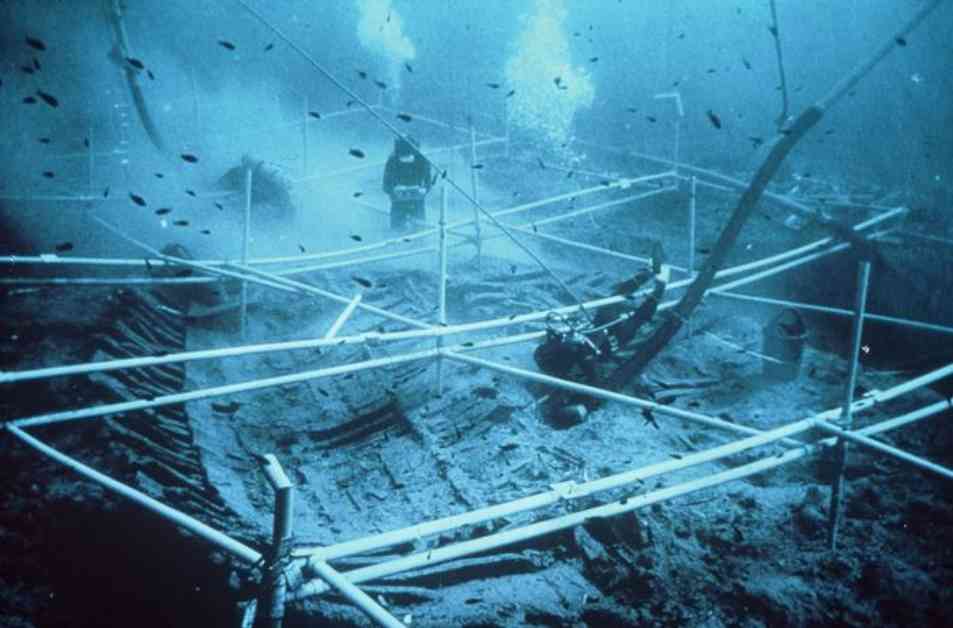Dating in archeology and paleontology is crucial for understanding historical events accurately. Recently, Sturt Manning, an archeologist from Cornell University, and his team encountered a discrepancy in radiocarbon dating when trying to determine the age of the Kyrenia shipwreck from the Ptolemaic Empire. The archeological evidence suggested one time period, while the initial radiocarbon dating placed the ship’s sinking at a different time.
Radiocarbon dating, although generally reliable, can have its challenges due to variables and confounding factors. The method relies on comparing the half-life of carbon-14 decay to tree rings, but fluctuations in atmospheric carbon levels over time and advancements in measuring instruments can impact the accuracy of the results.
Upon closer examination of the Kyrenia shipwreck, Manning and his team discovered that there was a gap in validated data between 350 B.C.E. and 250 B.C.E. They decided to fill in this gap using mass spectrometry, a more sensitive and precise technique that required smaller samples compared to traditional methods. This new approach allowed them to obtain more accurate results, aligning the radiocarbon dating with the archeological evidence and placing the ship’s sinking at 280 B.C.E.
While a 50-year discrepancy may not seem significant in some contexts, in historical and archeological research, it can have far-reaching implications. In the case of the Kyrenia shipwreck, the revised dating placed it within the period when Cyprus was part of the Ptolemaic Empire, altering the historical context of the event. This emphasizes the importance of not only accurate dating techniques but also understanding the broader historical context in which these events occurred.
By refining dating techniques and utilizing advanced methods like mass spectrometry, archeologists can gain a more precise understanding of historical events and artifacts. This case of the Kyrenia shipwreck highlights the significance of paying attention to details and continuously improving dating methods to ensure the accuracy of historical timelines.






